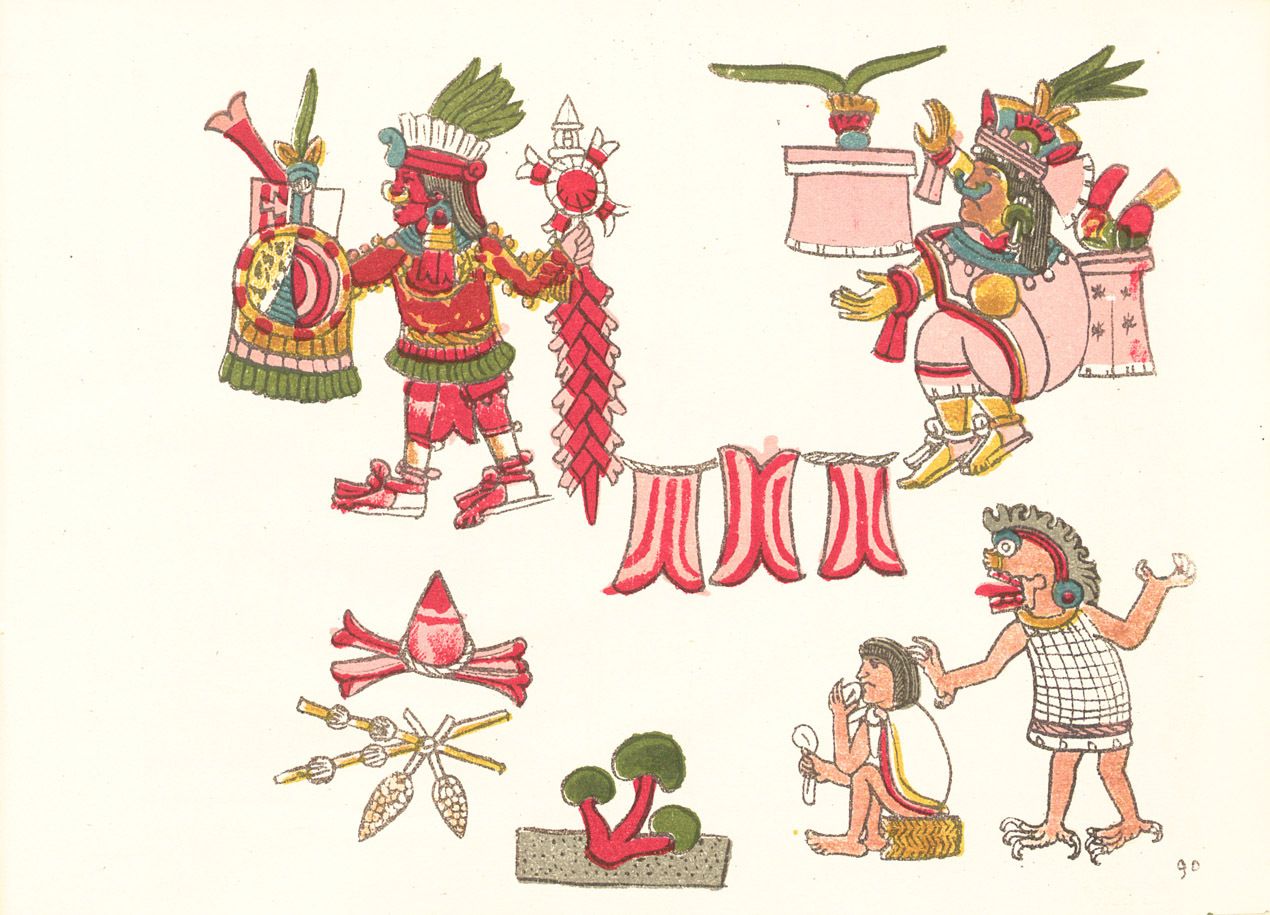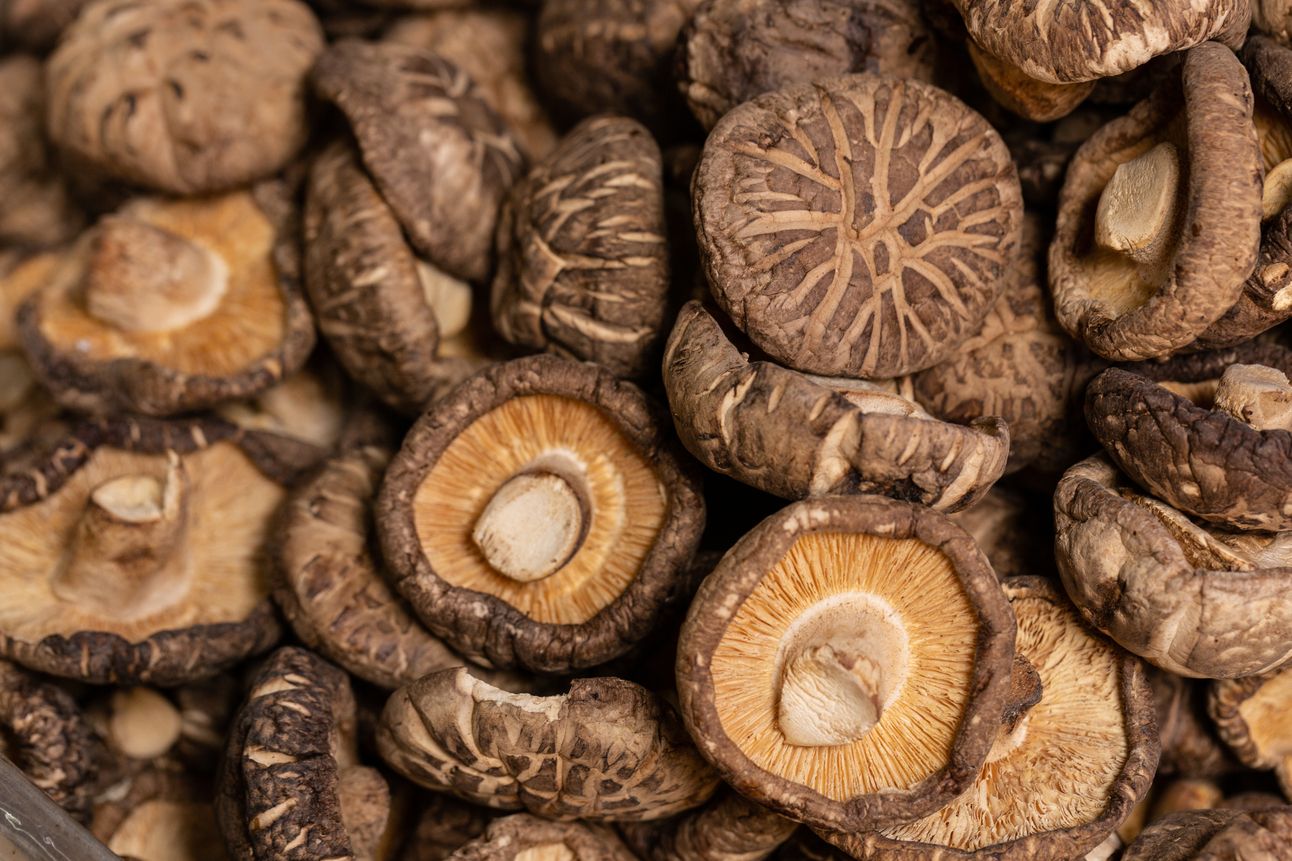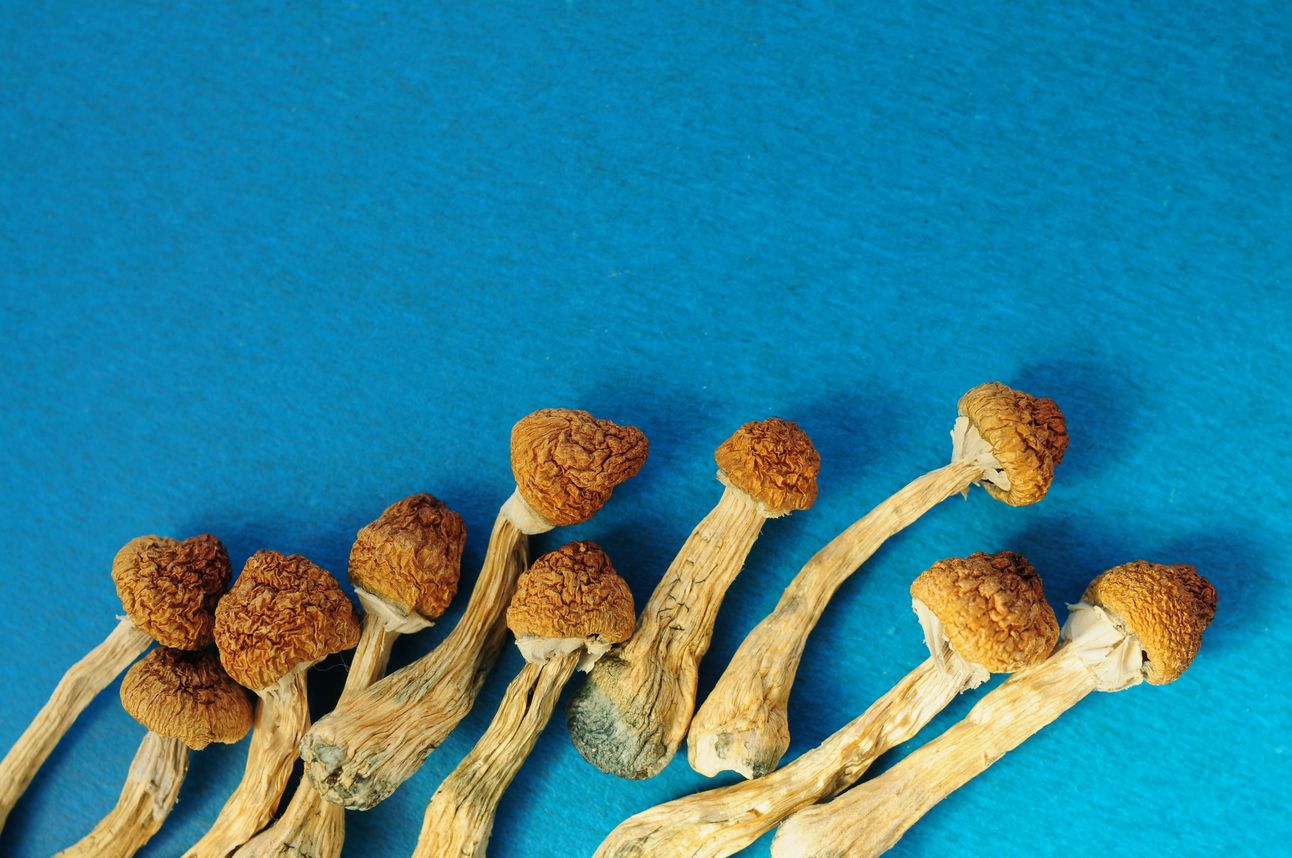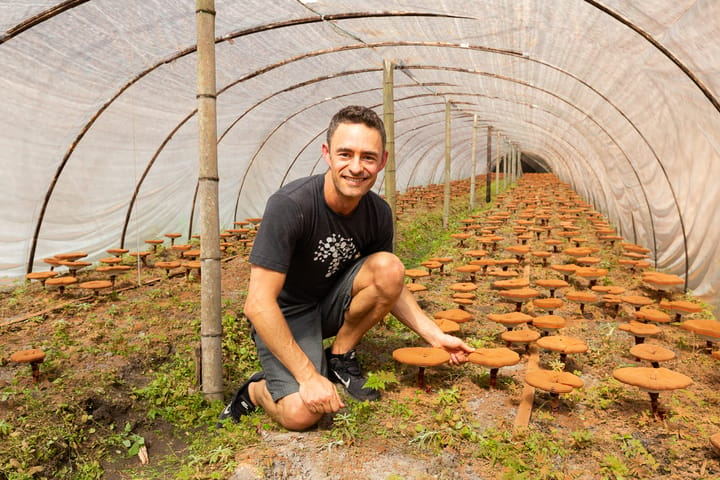Hi there 🍄
This week, we’ll explore the storied history of spiritual mushroom use, investigate a new toxin found in shiitake mushrooms, and uncover the difference between legit mushroom supplements and mislabeled imposters.
Mushroom use transcends time and culture 🍄 Mushrooms are inextricably intertwined with human history. From the use of hallucinogenic mushrooms in Mesoamerican religion for divine communication to the modern reverence of the mushroom for psychedelic therapy, our relationship with mushrooms has evolved across continents, cultures, and centuries.
Spirituality in Mesoamerica 🌎 Aztec and Maya cultures used mushrooms for healing and communicating with the divine for spiritual insight.
Important symbols 🙏 Aztecs called these sacred mushrooms Teonanácatl — “flesh of the gods.” Believed to impart mystical experiences with the Gods, psychedelic mushrooms were consumed during important religious ceremonies and feasts.
Shamanic healing ♥ Teonanácatl played a sacred role in decision-making and ceremonial healing, whereby healers used psychedelic mushrooms to treat both physical and mental ailments.
Greco-Roman mysteries 🏺 The Eleusinian Mysteries were a major religious festival. Centered around an initiation ritual for the cult of Demeter and Persephone, the annual celebration was held at the sacred city of Elusis.
Participants went on a symbolic 10-day journey from Athens to the temple of Demeter in Elusis while undergoing purification rituals and fasting. The journey was completed by consuming kykeon — a beverage of barley and pennyroyal that scholars believe was psychedelic.
How fungi played a part 🌾 Ergot is a fungus that grows on rye and sometimes wheat and barley. It replaces cereal grains with sclerotia — dark fungal bodies. Ergot includes compounds that can treat headaches … as well as psychoactive alkaloids. Albert Hofmann derived LSD from ergot while researching migraine cures.
Seeking higher truths 🤔 Researchers believe Eleusinian attendants purposely consumed the ergot-inoculated kykeon to come closer to the truths of existence. Alternate explanations for kykeon’s composition include psilocybin mushrooms or DMT-containing plants.
Fly Agaric shamanism 🍄 Siberian, Tungusic, and Samoyedic shamans have long revered the Fly Agaric mushroom (Amanita muscaria) for its hallucinogenic properties as a spiritual conduit.
Not your normal shroom ⚠ The Fly Agaric contains ibotenic acid and muscimol — not psilocybin — leading to a unique body interaction compared to your typical psychedelic mushroom experience.
Mushroom mythology 🎅 Siberian shamans have used altered states of consciousness to engage with the spirit world. The Tungsic and Samoyed cultures hold the Fly Agaric mushroom in high esteem, and their folklore and mythologies are rich with references to mushrooms.
Significance of mushrooms today 📆 Ethnomycological research suggests that in places in the Ivory Coast, mushrooms such as Tamu (the “mushroom of knowledge”) and an unnamed species (the “mushroom of action”) are still used in spiritual practices today.
Mexico 🍄 Psilocybe mushrooms are deeply rooted in the Mazatec culture of Oaxaca, Mexico, where people continue to use them to perform traditional healing and divinatory ceremonies.
Mount Shasta region 🏔 Several Native American tribes in North America view mushrooms with reverence as powerful spiritual symbols and medicines. Shamans in the Ajumawi tribe of the Mount Shasta Region in California use the Amanita pantherina (Panther cup mushroom) to achieve heightened spiritual states.
European folklore 🧚♀️ Mushrooms are also frequently mentioned in German, Irish, and French folklore. All three share the belief that fairy circles of mushrooms are gateways to other realms.
China 🩺 Mushrooms also play a critical role in traditional Chinese medicine (TCM), which is used to treat a wide array of health issues, from boosting the immune system to managing stress and fatigue.
New toxin discovered 🔬 Shiitake mushrooms are already world-famous for being tasty and nutritious, but their functional properties are still deeply shrouded in mystery. Researchers were exploring the components of shiitake mushrooms when they discovered a new toxin: edodin.
Ribosome-inactivating proteins (RIPs) ❗ Edodin is part of a class of compounds that can stop cells from making proteins, leading to cell death. They disable a cell’s ribosomes, which are responsible for creating proteins. Without protein production, the cell dies.
Um, shouldn’t we be worried? 😲 RIPs like edodin are a natural defense mechanism for plants, fungi, and bacteria. These compounds sound concerning but actually might be beneficial.
Sharpshooters 🧬 RIPs kill cells very selectively. This makes them a potential targeted cancer therapy, where only specific cells are eradicated and healthy cells are spared.
Super picky 👨🔬 Edodin is especially unique in that it only affects the ribosomes of mammals. This level of selectivity is rare in chemotherapy drugs, which often affect both cancerous and healthy tissues alike and lead to numerous side effects.
Not all seizures are the same 👈 Functional seizures have psychological causes, such as stress or trauma, in contrast to the neurological causes of epilepsy. Anxiety, depression, and PTSD can set off functional seizure episodes, though researchers also believe disruptions in the brain areas responsible for emotional regulation and stress could play a factor.
Complex causes 👩⚕️ Roughly two or three people out of 10,000 experience functional seizures. However, since functional seizures have complex causes, they are tricky to treat. Therapy helps some patients but not others, and anti-seizure medications usually aren’t effective.
New potential treatments 🧪 Researchers believe that psychedelic-assisted therapy might help functional seizure patients who struggled with other treatments. Clinical trials have shown that psychedelic-assisted therapy can lead to lasting therapeutic benefits after just a few sessions.
Neuroplasticity for the win 🧠 Psychedelics can influence brain network connectivity and help link parts of the brain that don’t usually communicate with each other — like a reset button for wonky neural circuits. They also enhance neuroplasticity and promote new ways of thinking and engaging with the world.
Better understanding 🤝 By examining how different brain regions work together, we can better understand how brain functions (and dysfunctions) change and adapt. More research is needed to see how psychedelic-assisted therapy could help treat the underlying psychological causes of functional seizures.
What’s in your mushroom supplements? Not all mushroom products are created equal — and according to Skye Chilton, transparent labeling would make all the difference for consumer awareness.
As part of Nammex, Skye Chilton delivers high-quality, organic mushroom extracts to more than 500 companies, from new startups to Fortune 500 companies. But what’s remarkable is how this industry leader in mushroom cultivation advocates for better product transparency.
shroomer’s Vivian Kanchian sat down with Skye Chilton to discuss an unfair business practice plaguing the mushroom supplement industry — selling mycelium advertised as mushroom fruiting bodies.
Truth in advertising 👨🌾 “For decades, producers of myceliated grain have marketed these ingredients as “mushroom” and not disclosed the grain substrate, seriously misleading the companies purchasing these ingredients as well as confusing consumers. Myceliated grain is being produced in North America because it is too expensive to produce actual mushroom extract powders.”
Confusion is profitable 💸 “It’s been profitable for some companies to keep consumers confused. Many US-based myceliated grain producers have been misleading consumers for decades by using the term “mushroom” and using photos of these mushrooms in their marketing materials.”
Real mushrooms 💯 “Many of the active compounds [in chaga] like betulin and betulinic acid are from the birch tree. No birch tree = no birch compounds. Growing the mycelium in liquid fermentation would not produce these birch-related compounds. Growing the mycelium on a grain substrate would also not produce these birch-related compounds.”
Unethical marketing 🤥 “If marketing materials are using images of chaga to sell a product with no chaga then that is a serious misrepresentation.”




